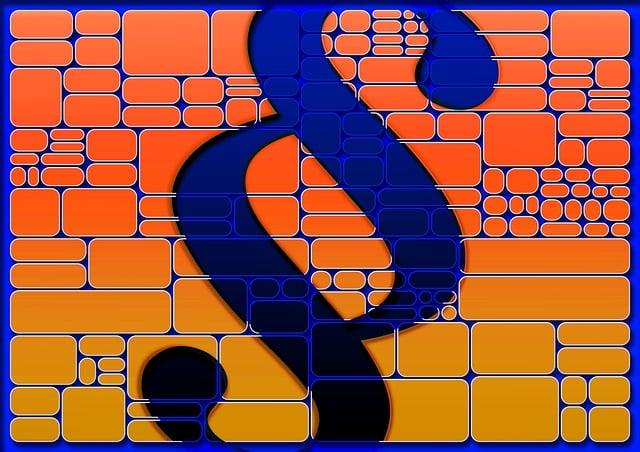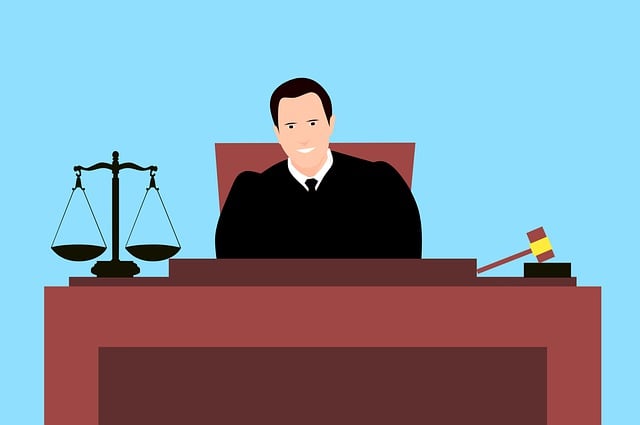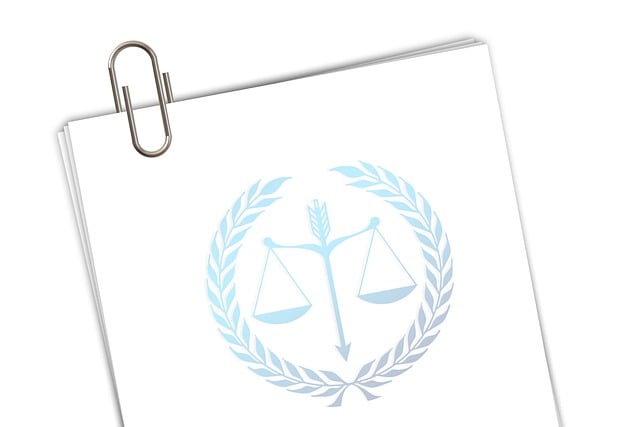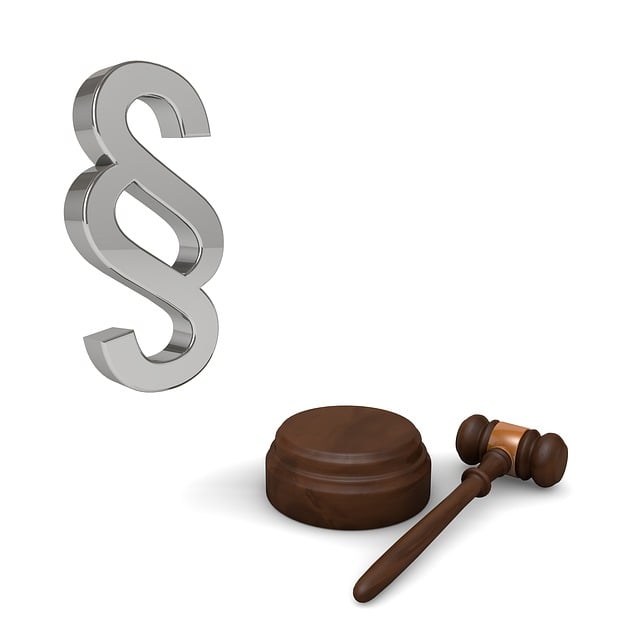Securities class actions and patent infringement lawsuits are vital tools in civil litigation for addressing white-collar crimes and IP violations. The Civil Litigation Process for Patent Infringement involves a series of steps: filing a complaint, response, discovery, trial, and potential settlement or verdict. These cases aim for justice, financial recovery, and precedent-setting changes in corporate conduct, challenging both defendants' strategies through litigation and negotiation.
“Securities class actions are a powerful tool for investors, providing a means to hold corporations accountable for fraudulent or illegal activities. This article delves into the intricate world of securities litigation, focusing on patent infringement as a catalyst for class action suits. We explore the legal framework governing these cases and guide readers through the Civil Litigation Process for Patent Infringement step-by-step. Additionally, we analyze the impact and settlement strategies employed in such high-stakes cases.”
- Understanding Securities Class Actions: A Legal Framework
- Patent Infringement: The Basis for Class Action Suits
- Civil Litigation Process: Step-by-Step Guide
- Impact and Settlement Strategies in Class Actions
Understanding Securities Class Actions: A Legal Framework

Securities Class Actions involve a unique legal framework where investors come together to hold accountable those who have engaged in fraudulent or negligent conduct impacting their investments. This collective action, often referred to as a class-action lawsuit, is a significant aspect of the civil litigation process for white collar and economic crimes. It allows for a more efficient and effective way to seek justice and compensation for numerous victims.
The framework typically involves a thorough examination of the facts and circumstances surrounding the alleged misconduct. Investors who meet specific criteria, such as holding securities during a defined period, can opt into the class. This collective approach enables the consolidation of resources and expertise, often resulting in achieving extraordinary results. It also ensures that white collar defense strategies are challenged on a larger scale, protecting not just individuals but also the broader investment community.
Patent Infringement: The Basis for Class Action Suits
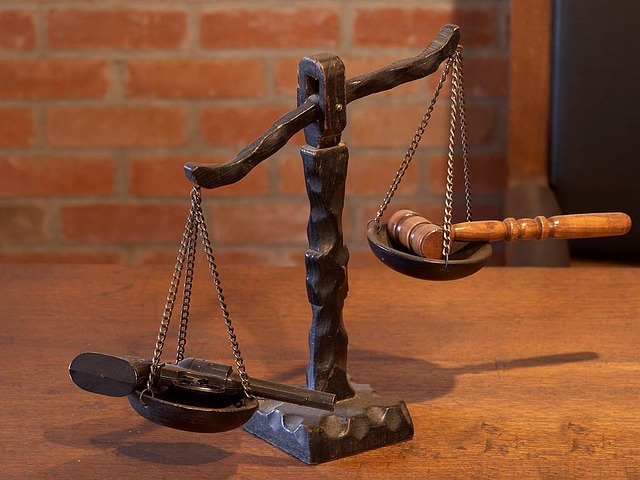
Patent infringement has emerged as a common basis for class action suits within the civil litigation process for patent infringement. This is largely due to the increasing complexity and value of intellectual property (IP) in today’s technological landscape. When a group of individuals or entities collectively suffers harm from alleged patent infringements, they can join forces to file a class-action lawsuit against the accused party.
This collective approach leverages the legal system to provide a more efficient solution for IP owners who have faced substantial financial losses due to infringements. Class action suits enable plaintiffs to seek damages and injunctive relief on behalf of all affected parties, potentially resulting in jury trials that can award significant compensation. Moreover, successful class actions can lead to complete dismissal of all charges against the accused, reflecting the severity and impact of these legal battles in the white collar defense sector.
Civil Litigation Process: Step-by-Step Guide
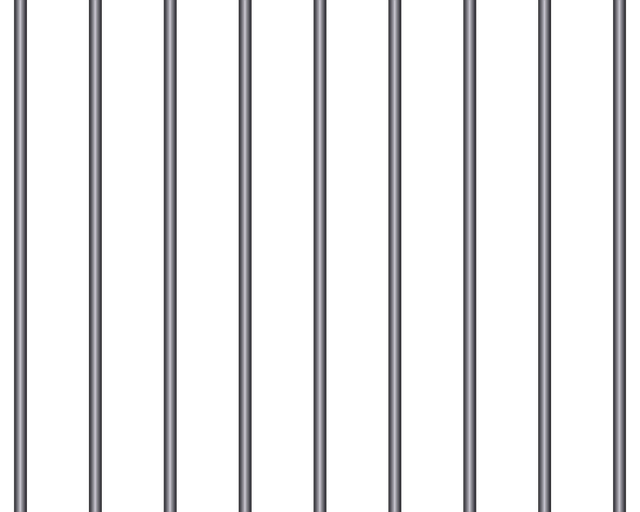
The Civil Litigation Process for Patent Infringement is a structured series of steps designed to ensure justice and fairness in resolving disputes. It begins with filing a complaint, where the plaintiff outlines the alleged infringement and seeks compensation. This document provides detailed allegations and specific demands, setting the stage for the legal battle ahead. The defendant then has an opportunity to respond, either admitting or denying the accusations within a set timeframe.
Following this initial exchange, discovery takes center stage. Both parties engage in extensive information gathering, including exchanging documents, taking depositions, and conducting expert analyses. This crucial phase aims to uncover all relevant facts and evidence. If settlement negotiations fail, the case advances to trial. In a jury trial, both sides present their cases, calling witnesses and offering exhibits. Ultimately, the jury deliberates and renders a verdict, deciding on liability and damages. An unprecedented track record of successful patent infringement cases often results in complete dismissal of all charges against the defendant, highlighting the robust nature of this civil litigation process.
Impact and Settlement Strategies in Class Actions
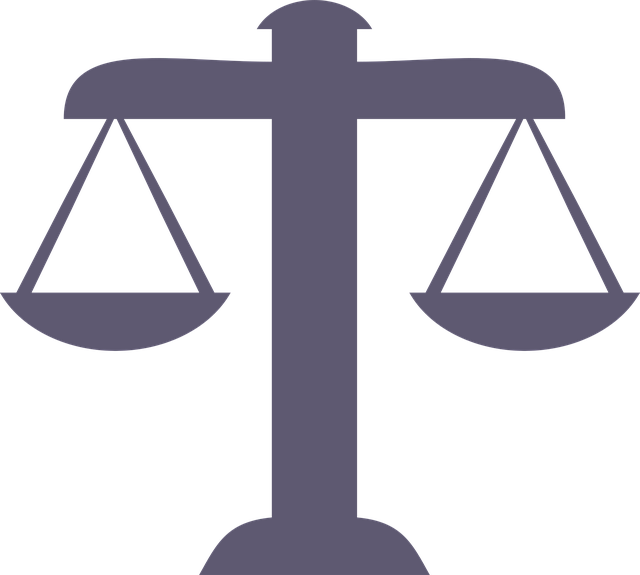
In securities class actions, the impact of successful lawsuits extends far beyond monetary compensation for victims. It sets a precedent, often leading to systemic changes in corporate governance and compliance practices. This can significantly alter the landscape of financial markets, ensuring better protection for investors and deterring future misconduct. The Civil Litigation Process for Patent Infringement, while distinct, shares this ability to shape industries through its outcomes.
When it comes to settlement strategies, class action cases often involve complex negotiations. Plaintiffs’ attorneys aim to secure agreements that provide substantial relief for the aggrieved party while considering the potential risks and benefits of continued litigation. A successful resolution can boast an unprecedented track record, with achieving extraordinary results in terms of both financial redress and structural reforms. In contrast, a white collar defense strategy in these cases may focus on minimizing damage by challenging the merits of the case or negotiating settlements that reflect the true value of the claims, thereby ensuring fair outcomes for all involved.
Securities class actions, driven by robust legal frameworks, have emerged as a powerful tool for holding companies accountable. When it comes to patent infringement, these collective lawsuits can significantly impact innovative industries. By understanding the civil litigation process, from identifying harm to settlement strategies, plaintiffs’ attorneys can navigate this complex landscape effectively. The successful resolution of patent-based class actions not only provides justice for affected individuals but also shapes the future of intellectual property protection.

